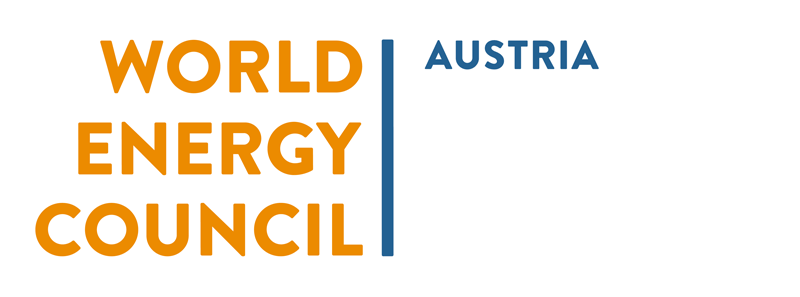100 YEARS OF WEC AUSTRIA
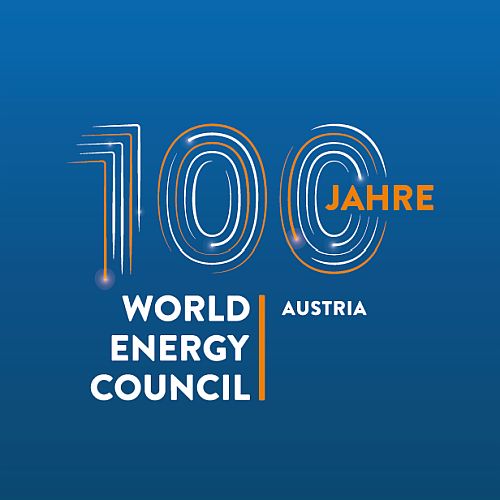
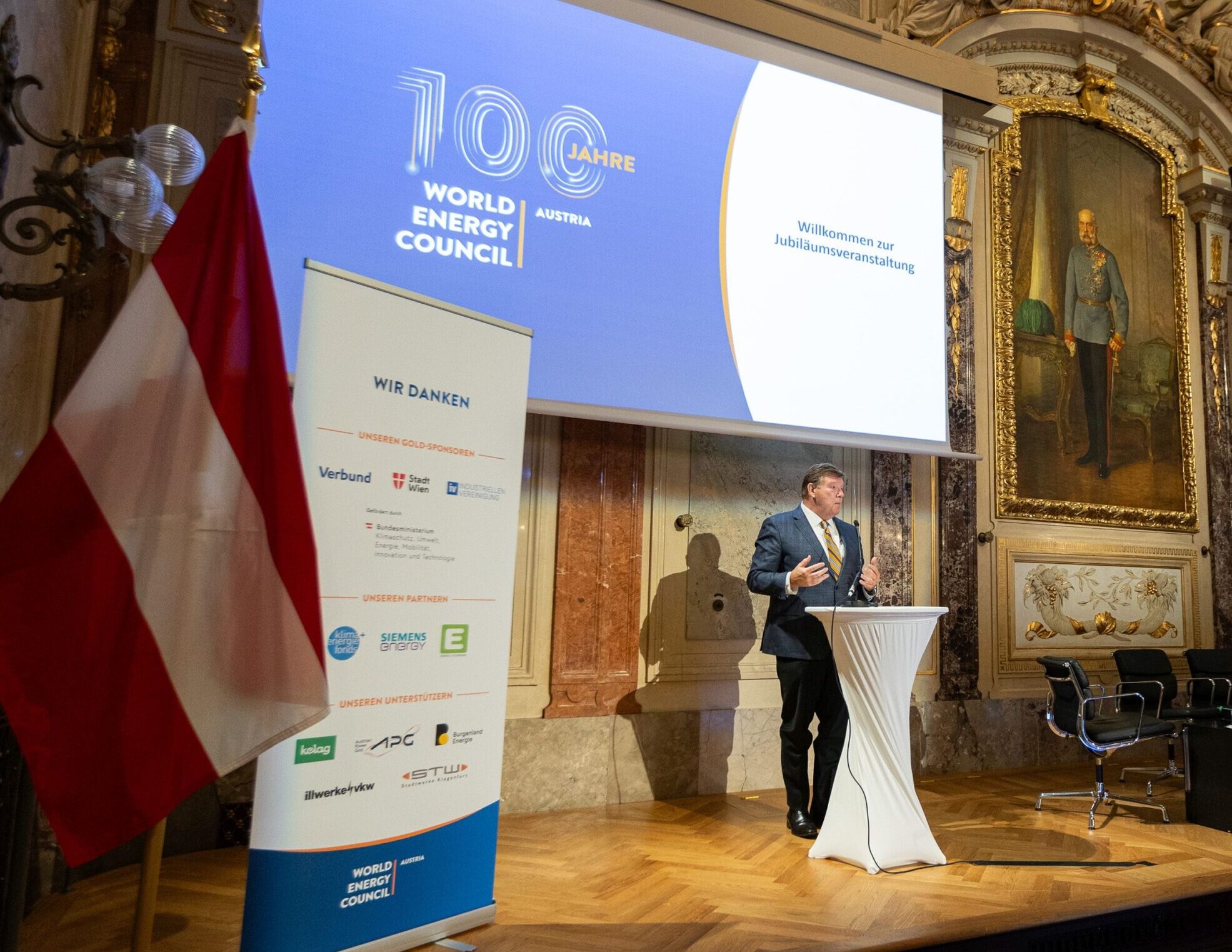
On September 7, 2023, WEC Austria celebrated its 100th birthday. The festive event took place in the House of Industry. After the introductory words of Mag. Peter Koren (Vice Secretary General of IV), Dr. Michael Strugl (President WEC Austria), Dr. Mike Howard (President World Energy Council) and the acting City Councillor KR Peter Hanke and after the video message of FBM Leonore Gewessler (Federal Ministry for Climate Protection, Environment, Energy, Mobility, Innovation and Technology) five panels dealt with the past and future challenges of energy policy.
The event was moderated by Ms. Hannelore Veit.
Panel 1: Development of the electricity market in the light of EU accession
Moderation: Prof. Dr. Stefan Ulreich (Biberach University of Applied Sciences)
Keynote: Dr. Michael Losch (Vice President WEC Austria)
Discussion with participation of: DI Hans Haider (Honorary President WEC Austria), KommR DI Gerhard Fida (GF Wiener Netze GmbH), DI Mag. Gerhard Christiner (Board of Austrian Power Grid AG), Univ.- Prof. Dr. Stefan Schleicher (Wegener Center for Climate and Global Change, Uni Graz), Benjamin Teufel (Ernst & Young).
Panel 2: Climate Crisis, Sustainability – Transformation as an Opportunity for the Energy Industry
Moderation: DI Theresia Vogel (former GF Climate and Energy Fund)
Keynote: Prof. Dr. Nebojša Nakićenović (former Deputy Director General/CEO of IIASA)
Discussion with the participation of: Dr. Sabine Herlitschka (CEO Infineon Technologies), DI Mag. Martin Graf (CEO Energie Steiermark AG), DI Erwin Smole (CEO Stadtwerke Klagenfurt AG), DI Aleš Prešern (GF Siemens Energy Austria GmbH), Univ.-Prof. Dr. Nebojša Nakićenović (former Deputy Director General/CEO of IIASA).
Panel 3: Energy policy challenges of the energy transformation
Moderation: Dr. Carsten Rolle (GF WEC Germany)
Keynote: SC Dr. Jürgen Schneider (Federal Ministry for Climate Protection, Environment, Energy, Mobility, Innovation and Technology)
Discussion with participation of: SC Dr. Jürgen Schneider (Federal Ministry for Climate Protection, Environment, Energy, Mobility, Innovation and Technology), Dr. Barbara Schmidt (Secretary General Österreichs Energie), DI Karin Doppelbauer (Member of the National Council), Mag. Lukas Hammer (Member of the National Council), Alois Schroll (Member of the National Council), Dr. Axel Kassegger (Member of the National Council), Johannes Schmuckenschlager (Member of the National Council).
Panel 4: Social and societal aspects of the energy transformation.
Moderation: Mag. Brigitte Ederer (President of the Supervisory Board of ÖBB)
Keynote: Mag. Brigitte Ederer (President of the Supervisory Board of ÖBB)
Discussion with the participation of: Dr. Maria Katharina Moser (Director of Diakonie Austria), Mag. Karin Abram (Caritas Austria), Mag. Christa Schlager (AK Vienna), Dr. Helene Schuberth (ÖGB), Mag. Siegfried Nagl (WKO), Mag. Hartwig Hufnagl (Board of Directors ASFINAG), Maria van Veldhuizen (Maria van Veldhuizen Consulting).
Panel 5: Future Workshop Energy
Moderation: Ivo Wakounig (Senior Advisor WEC Austria)
Keynote: Univ.-Prof. Dr. Thomas Kienberger (University of Leoben)
Discussion with participation of: DI Thomas Gangl (CEO Borealis AG), Dr. Stephan Sharma (CEO Burgenland Energie AG, DI Dieter Drexel (IV), Dr. Horst Steinmüller (WIVA P&G – Hydrogen Initiative Showcase Region Power & Gas), Mag. Judith Neyer (Federal Ministry for Climate Protection, Environment, Energy, Mobility, Innovation and Technology), Univ.-Prof. Dr. Thomas Kienberger (University of Leoben).
In addition to the panels, the YEP/FEL 100 view on the next 100 years of WEC Austria was discussed with the participation of Dr. Michael Strugl (President WEC Austria), Mrs. Dr. Barbara Schmidt (Secretary General Österreichs Energie), Dr. Benjamin Böckl (Burgenland Energie AG), Mrs. Milica Vujačić (Senior Advisor WEC Austria), Niels Biermann (SMP Strategy Consulting) and Mrs. Mag. Vera Fahrnberger (Österreichs Energie).
Finally, Dr. Mike Howard (President World Energy Council), Dr. Michael Strugl (President WEC Austria), Mrs. Milica Vujačić (Senior Advisor WEC Austria) and Martin Heissenberger (Senior Advisor WEC Austria) tried to look ahead to the next 100 years of WEC Austria.
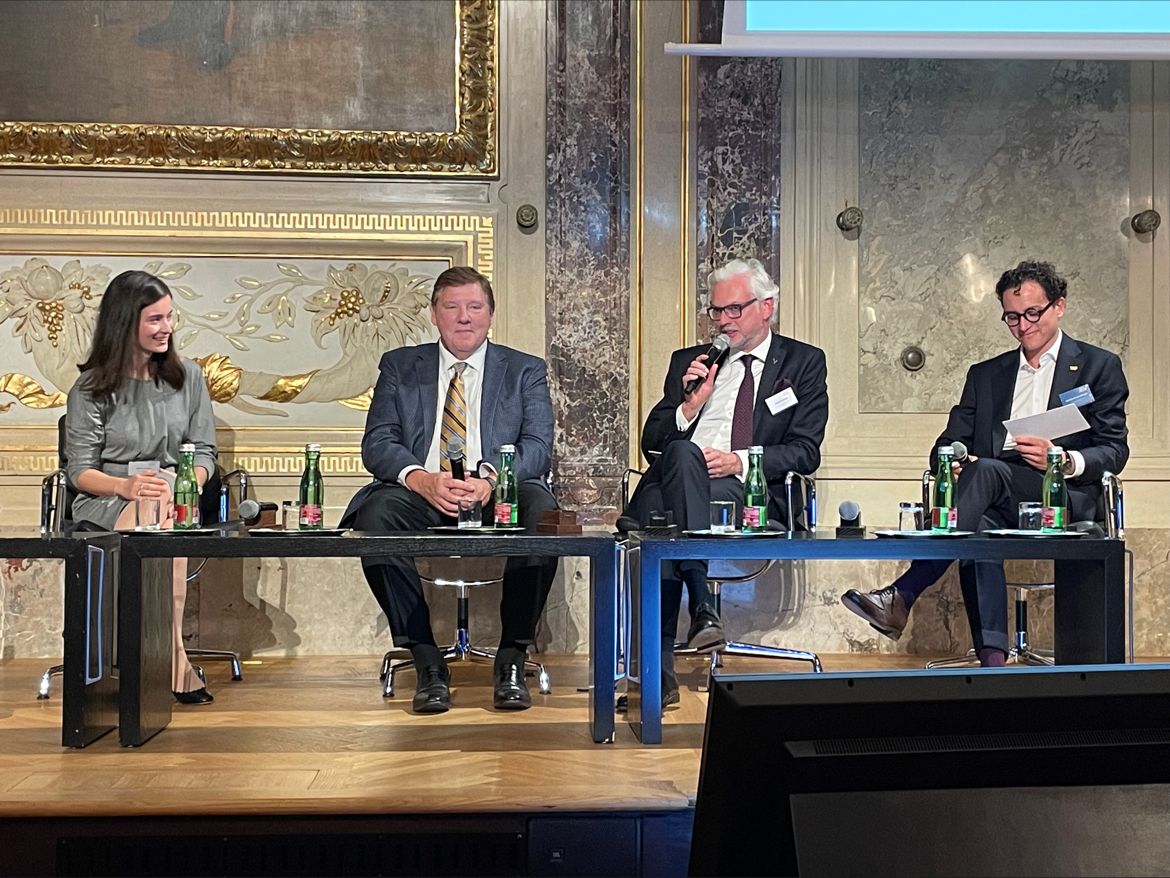 |
||
 |
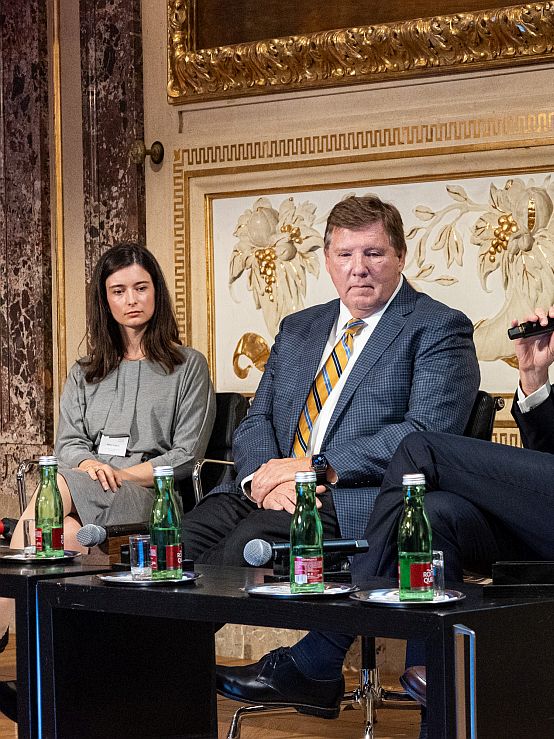 |
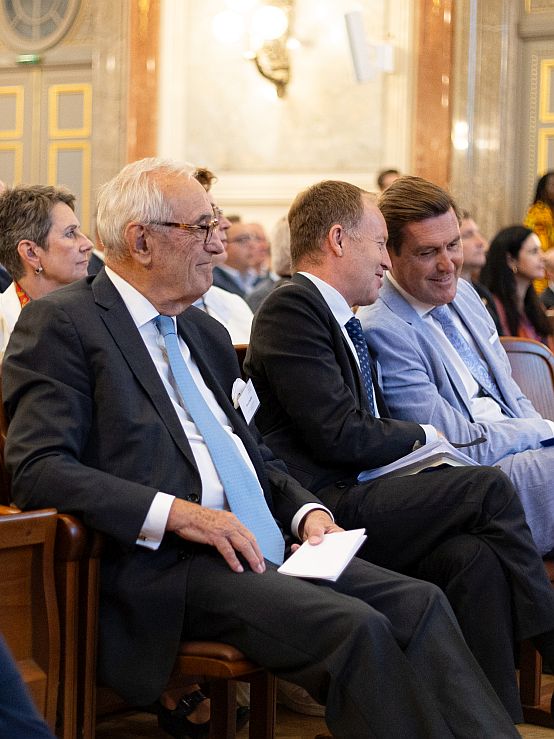 |
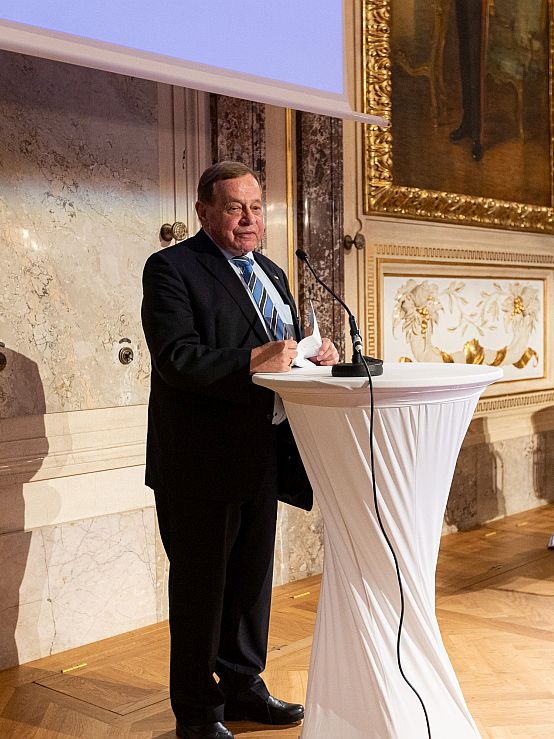 |
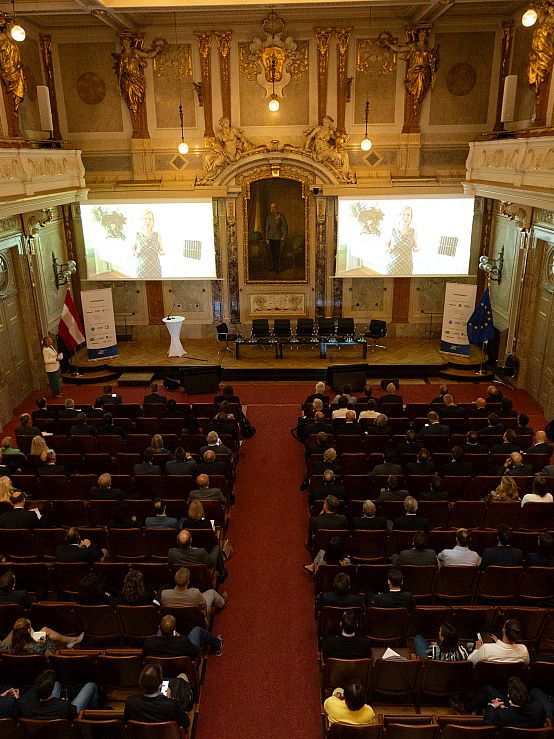 |
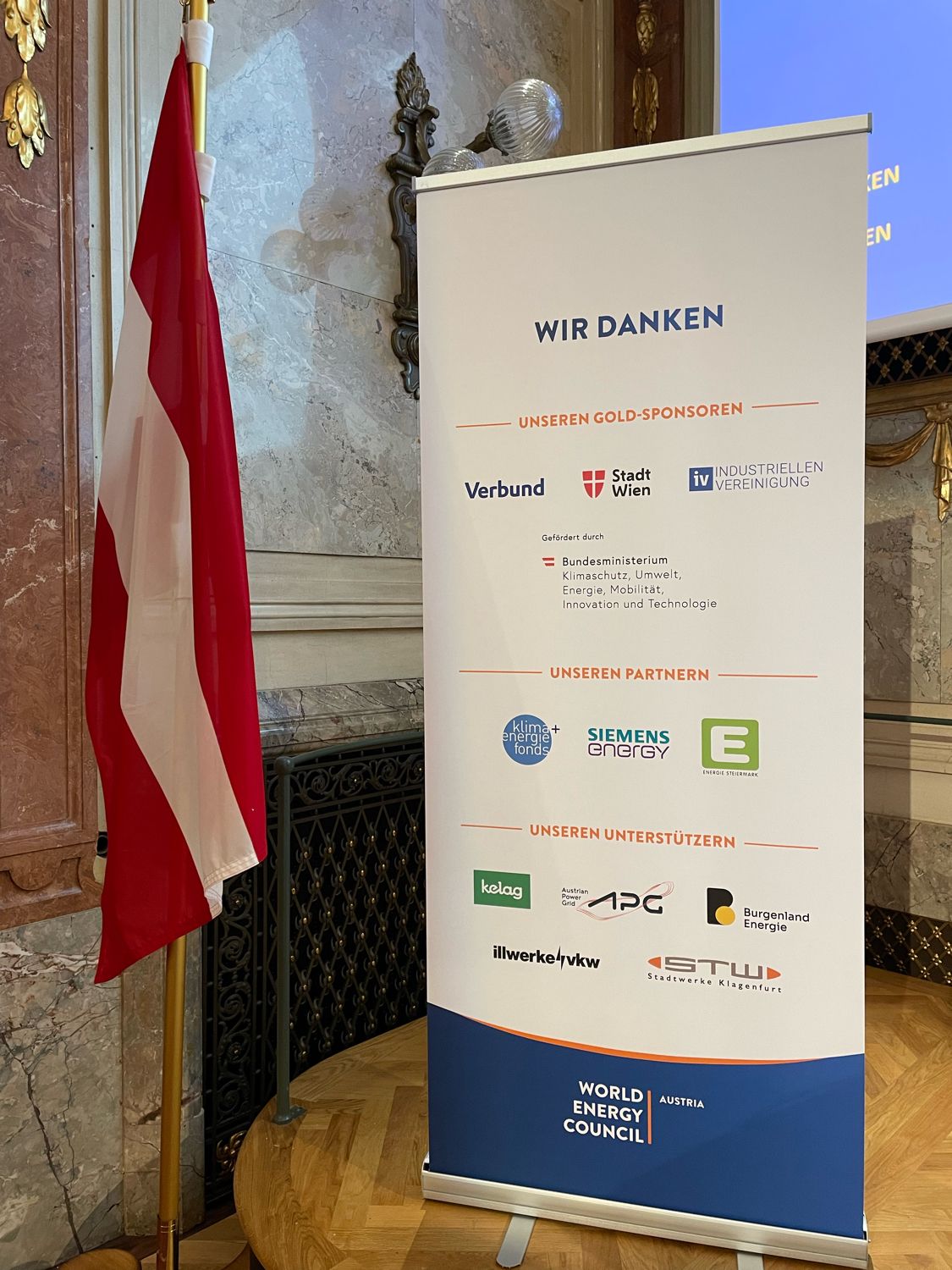 |
In his closing remarks, Dr. Robert Kobau (CEO WEC Austria) referred to the decades of successful and persistent work of the association and emphasized the trustful cooperation with the members, its organs and not least with the employees.
In all these years – from reconstruction through the times of the energy crises in 1973 and 1979/80 up to the times of political protest culture (keywords for this are Zwentendorf and Hainburg) – WEC Austria understood its work as a contribution to the solution of the energy trilemma, namely to guarantee a secure energy supply, to design the energy system in a sustainable way and to provide energy at affordable prices for economy and consumers.
The association also pursued this motto during the Covid 19 pandemic with all its health, social and economic implications.
And in light of the Russia-Ukraine war, as well as extreme weather events, solving the energy trilemma is more urgent than ever.
We would like to thank our Gold Sponsors, partners and supporters for their cooperation in the course of the celebratory event 100 Years of World Energy Council Austria.
You can download all photo impressions of our festive event here.
Click here for the video message of FBM Gewessler.
